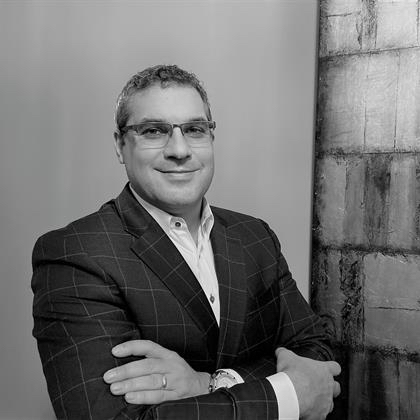BIRLA CARBON BLOG
INSIDER KNOWLEDGE FOR ALL THINGS CARBON BLACK
Disentangling the Definitions of “Circular Economy”, “Sustainability”, and “Eco-Friendly”
12 / 14 / 2022 by Alessandro Vulcano
Reading Time: 3.5 minutes
Introduction
In most businesses sustainability has become an essential part of their overall strategy. Sustainable solutions allow manufacturers to differentiate themselves and to add value to their current offerings.
While industries and individuals are aligned in their goal to protect the planet for future generations, there still seems to be confusion on what the meaning of the commonly used phrases – eco-friendly, sustainable, and circular − and to understand their overall impact on our planet. I will spend some time to untangle these three key words in order to pursue the most impactful approach. Once we understand the differences and are aligned on definition, then perhaps we can construct a tailored approach to maximizing our products’ sustainability.
This blog is to share my understanding of the definitions and to invite you to share your thought on this most important topic with us. It is clear that only together can we implement the urgently needed changes.
Definitions of Environmental Awareness
There are three terms frequently used to describe a product or a company’s environmental responsiveness: eco-friendly, sustainable, and circular. Have you ever been mystified as to their differences?
The term “eco-friendly” has a broad meaning to describe a product that benefits and is not harmful for the environment (e.g., low VOCs, low toxicity). The main problem is that the term is quite informal and casual. It can be applied in lots of ways and does not adequately represent a strategy for a producer to follow. Most scholars believe that the development of eco-friendly products will not be sufficient to protect future generations from damaging environmental consequences. As a result, the term “sustainability” was introduced.
“Sustainability” is a higher standard because it includes not only eco-friendly materials but also all related manufacturing and end-use activities. Sustainable development requires an integrated approach that takes into consideration environmental concerns along with economic development. Sustainability presumes that resources are finite and should be used conservatively and wisely with a view to long-term priorities and consequences. In addition to being eco-friendly, sustainable products use less energy, do not diminish our natural resources, and reduce costs by improving productivity. With sustainability as a goal, raw material producers, formulators, distributors, and end-users are all able to provide for future generations.
The terms eco-friendly and sustainability do not define how the world should look like in the future. Without this guidance it is impossible to measure progress in a meaningful way.
As a result, the term “circularity” or “circular economy” were developed. Circularity is a step beyond sustainability and requires a more progressive mindset. It captures the replacement of raw materials and processes with those having improved life cycle. In a circular economy, renewable sources are used and once the end-user is finished with the product, it goes back into the supply chain instead of the landfill. Circularity also uses carbon footprint as a means of measuring our progress to a better future.
Figure 1 illustrates these differences between the traditional linear economy and the circular economy. A key element of a circular economy is the rational management of carbon negative raw materials including the energy, chemicals, water, and waste expended during their manufacture.
Figure 1 Differences between the linear economy and the circular economy
Conclusion
To deliver maximum sustainability, it is necessary to adopt an approach that examines the entire lifespan of a product, from the raw materials and processes used, through the service-life, and to disposal at the end-of-life. To make the correct raw materials choice, it is necessary to have complete transparency of the material’s status in the circular economy.
Stay tuned as with our next blog we will provide you with an example on how to transform an “eco-friendly” solution (in this case: powder coatings) into a sustainable solution through using circular raw material.
Follow us on our website and social media today to learn how we focus to achieve our sustainability goals and how we can offer you circular solutions today.
Additionally, to learn more about Sustainability initiatives at Birla Carbon, visit us at https://www.birlacarbon.com/sustainability-at-birla-carbon/

Alessandro is the global Sector Head for liquid systems at Birla Carbon. In this function he is responsible for the sectors strategy and implementation to shape the future of our company in this sector while maximizing our current value proposition to customers and markets. Alessandro is based in Frankfurt, Germany and brings over 20 years of global experience in senior sales and marketing functions in the pigment business and lived and worked in the US and Europe. He is a passionate leader and innovator with focus on business development, customer centricity and value creation.
WANT TO LEARN MORE ABOUT CARBON BLACK AND THE PROPERTIES THAT MAKE IT IDEAL FOR YOUR PLASTICS, COATINGS, AND INKS APPLICATIONS?










Leave A Comment